Deborah Luster on how art heals

Transcript
[The words “Art Is” appear, followed by scrolling words…Empathy, Perspective, Hope, Change, Beauty…it stops at Healing. Art Is Healing.]
Deborah Luster, visual artist: An artist of change is an artist that wants to make a difference—not just put out a painting or a sculpture but really make a difference in society. The prison project … I took over 25,000 photographs of inmates in Louisiana prisons and they were printed on five-by-four pieces of metal and then stored in this cabinet. What led me to this project was the homicide of my mother. When you have a tragedy in your life, you tell the story over and over and over to try to heal from it. And I’ve realized that that’s what I was doing with this project. This very arduous process of preparing the plates, coating the plates, drying the plates—this constant repetition—was telling my story through someone else’s story. I hope that people find a connection there—you know, in their bones—that they feel something and the work inhabits them.
[The words “Art is” appear, followed by scrolling words…Healing, Expression, Change, Creativity, Hope…it stops at Justice. Hashtag Art Is Justice. Agree? Share this video.]
[Ford Foundation logo: a globe made up of a series of small, varied circles.]
Accessibility Statement
- All videos produced by the Ford Foundation since 2020 include captions and downloadable transcripts. For videos where visuals require additional understanding, we offer audio-described versions.
- We are continuing to make videos produced prior to 2020 accessible.
- Videos from third-party sources (those not produced by the Ford Foundation) may not have captions, accessible transcripts, or audio descriptions.
- To improve accessibility beyond our site, we’ve created a free video accessibility WordPress plug-in.
Deborah Luster is a visual artist engaged in an ongoing exploration of violence and its consequences. She is best known for her long-term documentary/archive series.
One Big Self: Prisoners of Louisiana, (with poet, C.D. Wright) was begun a decade after the contract killing of Luster’s mother. For this project she set out to create an authentic document of Louisiana’s prison population through image and text. From 1998 to 2003, she photographed more than 1,500 inmates at three Louisiana prisons, including the infamous Louisiana State Penitentiary at Angola. The resulting collection of 5” x 4” amber-toned portraits printed on aluminum plates and placed loosely in the drawers of a black steel cabinet for viewers to examine, is a composite of universal and particular realities that reflects upon private loss, individual lives, language, public policy and institutions, and violence.
In her 2003 monograph (Twin Palms Publishing), she writes, “I chose to photograph each person as they presented their very own selves before my camera on the chance that I might be fortunate enough to contact, as the poet Jack Gilbert writes, ‘their hearts in their marvelous cases.’”
Tooth for an Eye: A Chorography of Violence in Orleans Parish (Twin Palms Publishing, 2011) is a photographic archive documenting contemporary and historical homicide sites in New Orleans. The result is an exploratory mapping of the dizzyingly empty space at the core of violence. In exhibition, the tondo images comprising Tooth for an Eye are presented as framed photographs as well as an archive of image and text, bound in six large ledgers which are displayed on a sweet gum, hickory, and steel viewing table which viewers are invited to browse and handle.
Luster’s awards include a 2016 Robert Gardner Fellowship from the Peabody Museum, Harvard University; a 2013 Guggenheim Fellowship; residencies at the Rauschenberg Residency and the Irish Museum of Modern Art; a Dorothea Lange—Paul Taylor Prize for documentary photography from the Center for Documentary Studies at Duke University (with C.D. Wright); an Anonymous Was a Woman Award; The John Guttman Award; the Bucksbaum Family Award for American Photography; and a Peter S. Reed Foundation Award.
Her work is included in the permanent collections of the San Francisco Museum of Modern Art; the National Gallery of Art; the Whitney Museum of American Art; the Los Angeles County Museum of Art; The Smithsonian American Art Museum; New Orleans Museum of Art; Museum of Fine Arts, Houston; Pier 24, San Francisco; the Margulies Collection, Miami; and other notable public and private collections.
Luster lives in New Orleans, Louisiana, and Galway, Ireland. Her work is represented by Jack Shainman Gallery.
Other videos in this series

Michelle Dorrance on how tap represents social change
Art can represent social change, and tap dancer Michelle Dorrance believes the history of American culture can be seen in the history of tap—early tap dancers were catalysts for social change. By referencing the past and showing a vision for the future, dance can change the world.
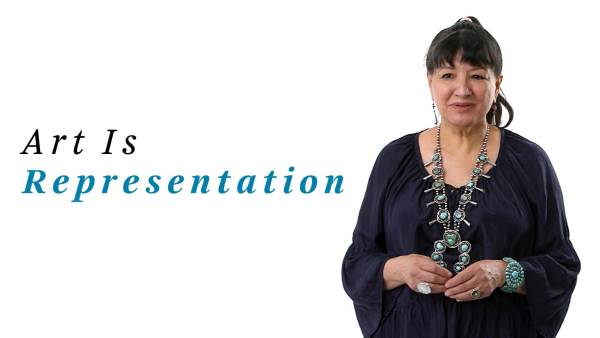
Sandra Cisneros on how art changes lives
Art can change lives for the better. Author Sandra Cisneros writes books that allow young people to see themselves represented on the page. As she says, when people see themselves represented in a way that is empowering, they feel more able to make a difference in the world.
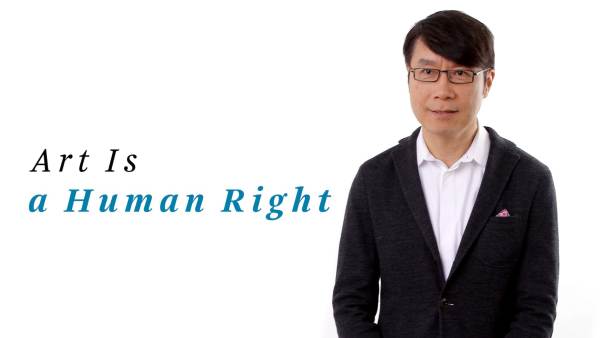
Samuel Hoi on art and human rights
Art is a way to shift reality and make an impact beyond the cultural field. Samuel Hoi cites Good Chance Theater staging shows at a refugee camp in northern France as an example of how art can uplift human rights.
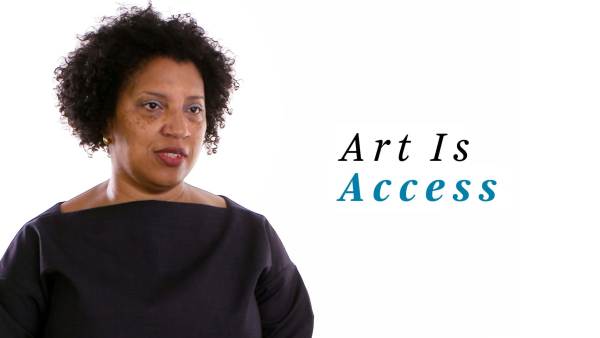
Robin Coste Lewis on how art creates access
Art can be a tool of resistance and beauty. Poet Robin Coste Lewis details how poetry helped her see her body as an aesthetic and political tool, and how art can allow marginalized communities to be seen and included.
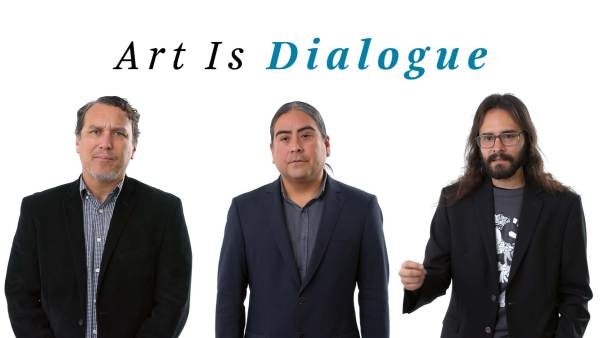
Postcommodity on using art to dialogue
Art can be used to create dialogue between people and break “us-versus-them” mentalities. The collective Postcommodity discusses how it uses art to uplift communities and ensure they have agency to communicate their own needs and desires.
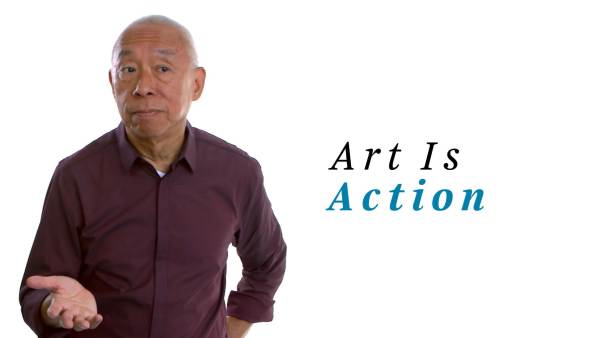
Ping Chong on using art to empower and heal
Art allows us to re-anchor into our humanity. In his work, artist Ping Chong creates spaces for ordinary citizens to speak their own truth on stage. In this way, he heals and affirms people, and helps create a society that’s more just and more humane.
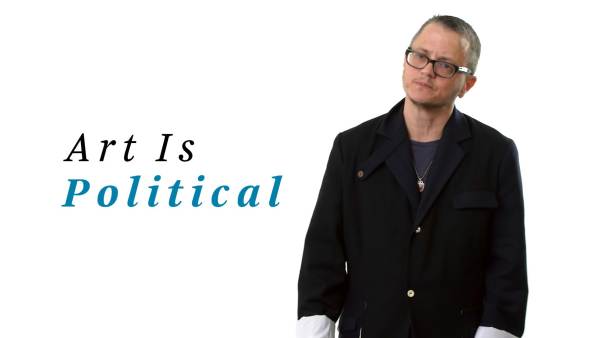
P Carl on the power of curation
Art has to be connected to the politics of our world, because it can bring us together in ways politics can’t. Theater director P Carl believes theater should be curated with the idea that everyone belongs, and in this way, it can help connect people to the issues that really matter.
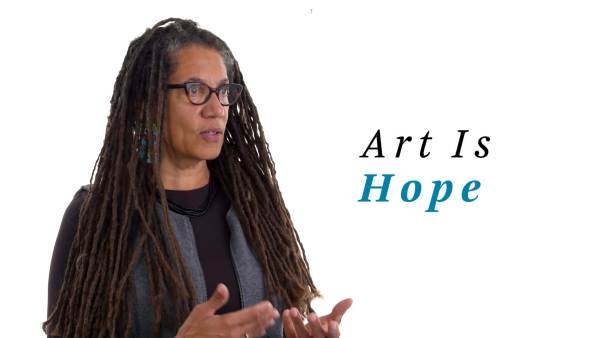
Nikky Finney on using art for change
Art can connect us across time. Poet Nikky Finney draws on stories from the past to challenge artists to continue their efforts for social change. She believes artists should heed lessons from the past and bring them into the future.

Mira Nair on cultural representation
Art gives us the ability to see other cultures and to look at the world anew. Director Mira Nair uses film to tell stories of marginalized communities that are not often represented on screen. She believes art can help people see their place in the world.
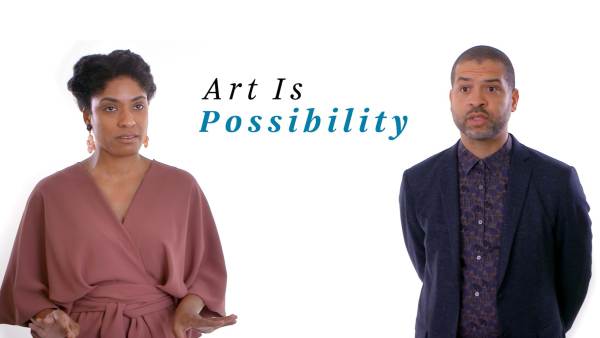
Alicia Hall Moran and Jason Moran on how art is possibility
Art has the power to make a big impact in our world. Musicians and educators Alicia Hall Moran and Jason Moran believe art has the potential to connect people and challenge inequalities. Through art, we can bridge the gap between past and present, and learn more about each other.
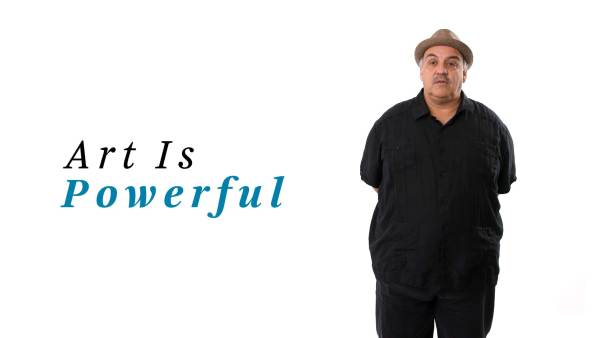
Luis Alfaro on the power of art and imagination
Art is powerful. Playwright Luis Alfaro shares how he uses art to stimulate the imaginations of those who might not be able to see a better life for themselves. He writes plays with narratives that allow people to envision themselves as free in the world.
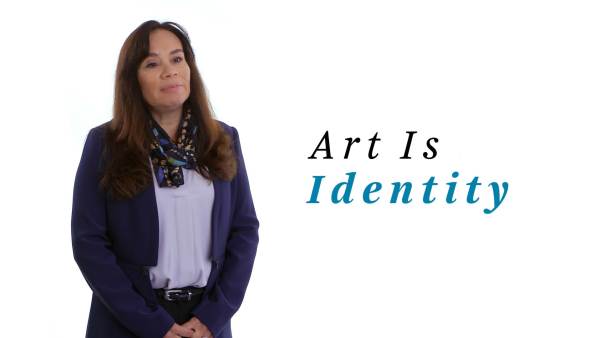
Lori Pourier on the link between art and identity
Art allows us to reveal our identities. President of First Peoples Fund Lori Pourier sees artists as changemakers in society who can help restore history and educate us about our past. In this way, artists can restore both public history and personal identity.
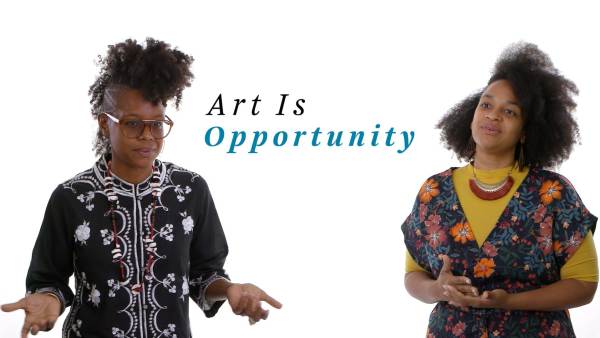
Las Nietas de Nonó on creating opportunities with art
Art gives us the opportunity to create change in communities. The art duo Las Nietas de Nonó use art to share voices of underserved communities in Puerto Rico. They believe in creating theater in alternative spaces, where people’s voices can be heard and a genuine exchange of voices takes place.
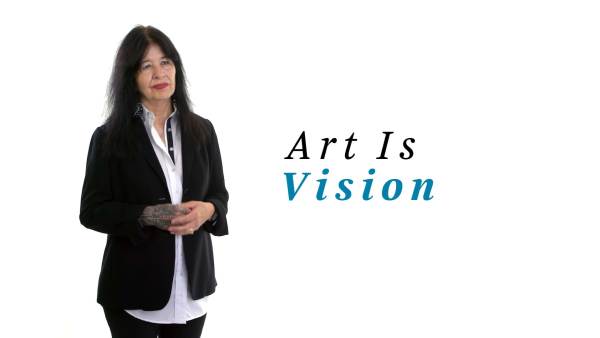
Joy Harjo on how artists have vision
Artists can give vision to a community. Poet Joy Harjo uses her art to strive for gender justice. She believes artists have a responsibility towards growing the communities they’re in, creating a vision for those around them and fostering compassion.
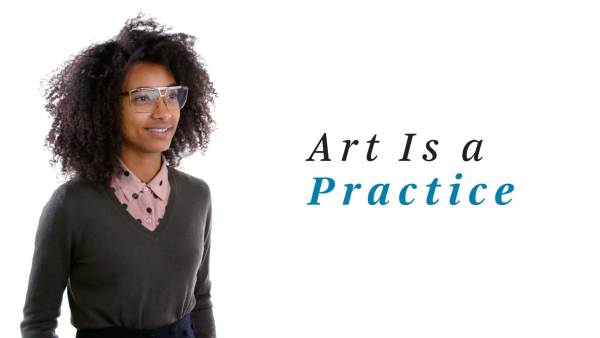
Esperanza Spalding on art as a practice
Art can help heal people. Grammy-winning musician Esperanza Spalding believes artists, through practicing their craft, can experiment and reposition their work to find the best ways to help and encourage people to transform negative situations for the better.
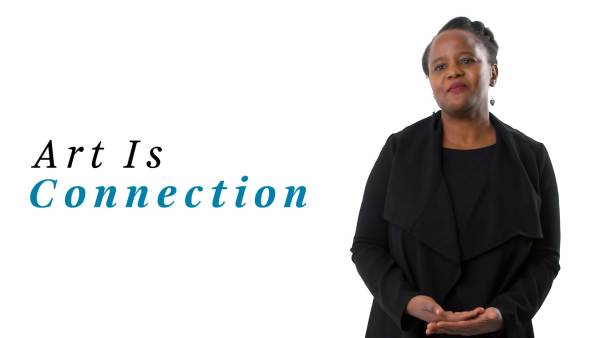
Edwidge Danticat on how literature connects us
Art can transport us to different places and connect us to each other. Novelist Edwidge Danticat uses her writing to share stories that dispel stereotypes and help foster greater understanding. She believes that breaking bias is done through sharing stories.
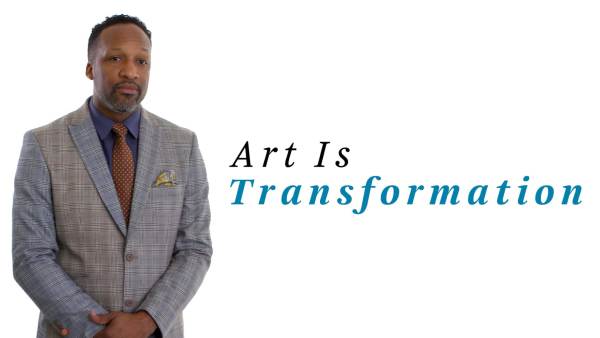
Carlton Turner on how art transforms culture
Artists are cultural strategists working to eliminate oppression and dismantle inequality, says performance artist Carlton Turner. He explains how artists take community work and engage in social transformation by giving voice to those who’ve been disenfranchised. Communities can shift because of the work artists are doing.